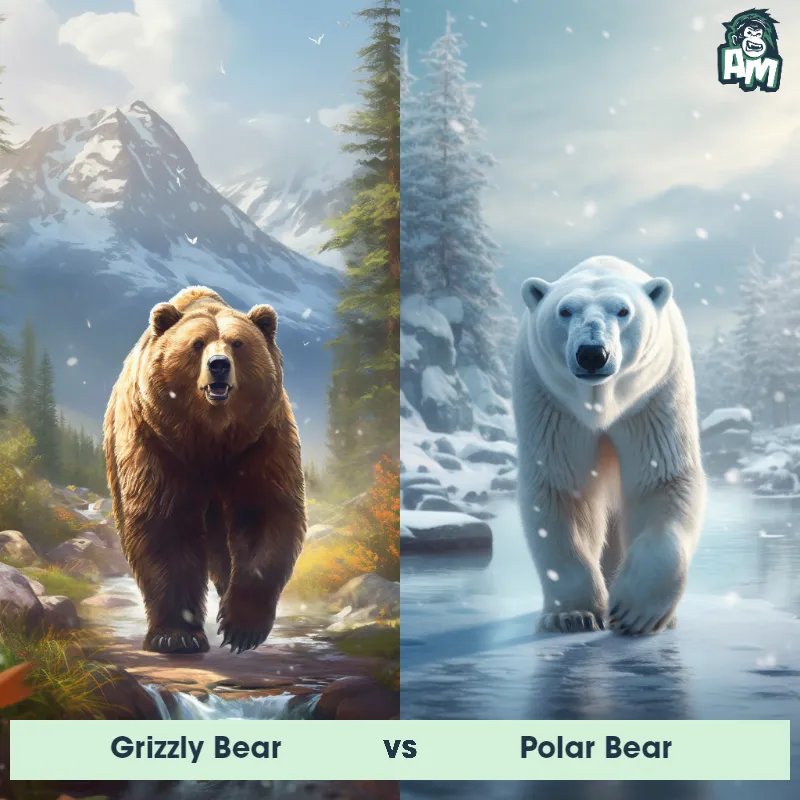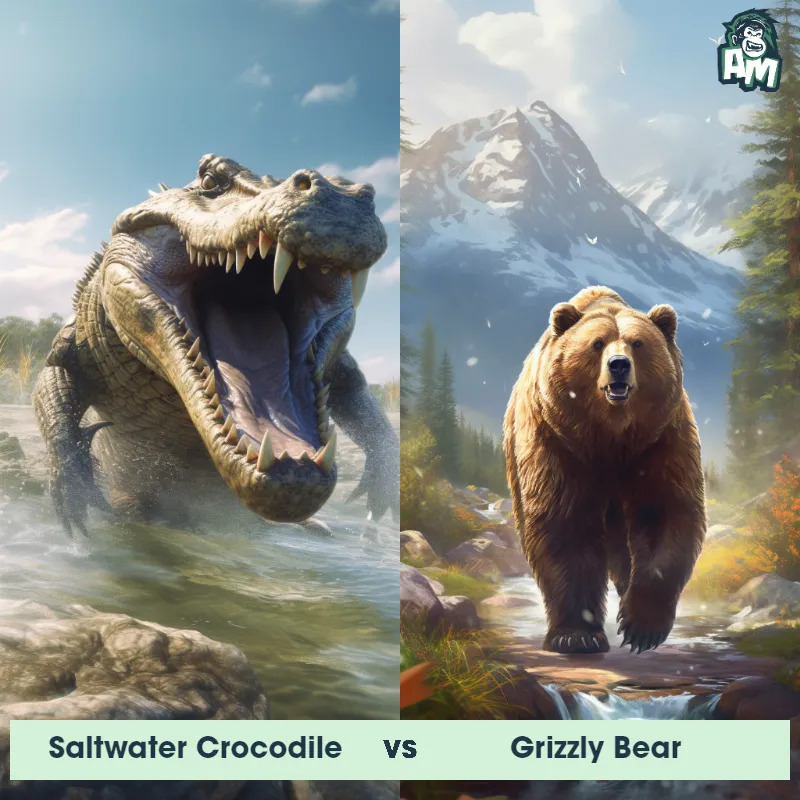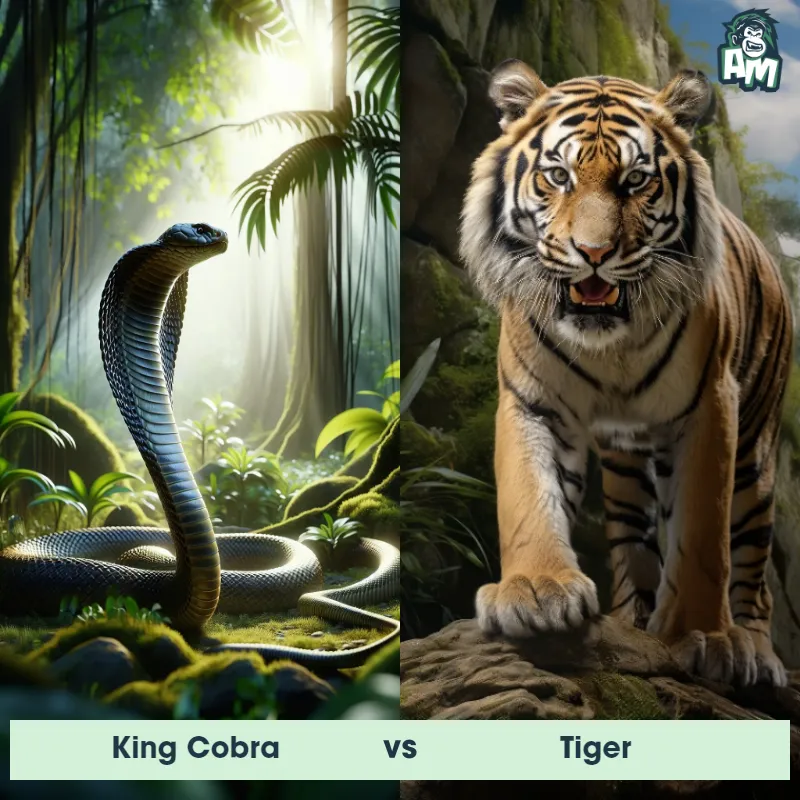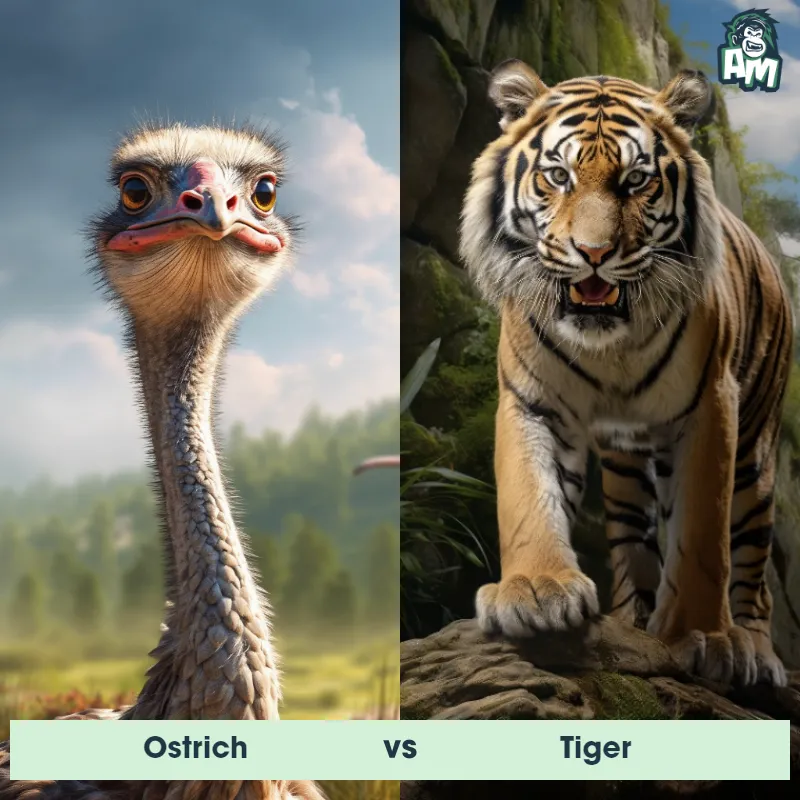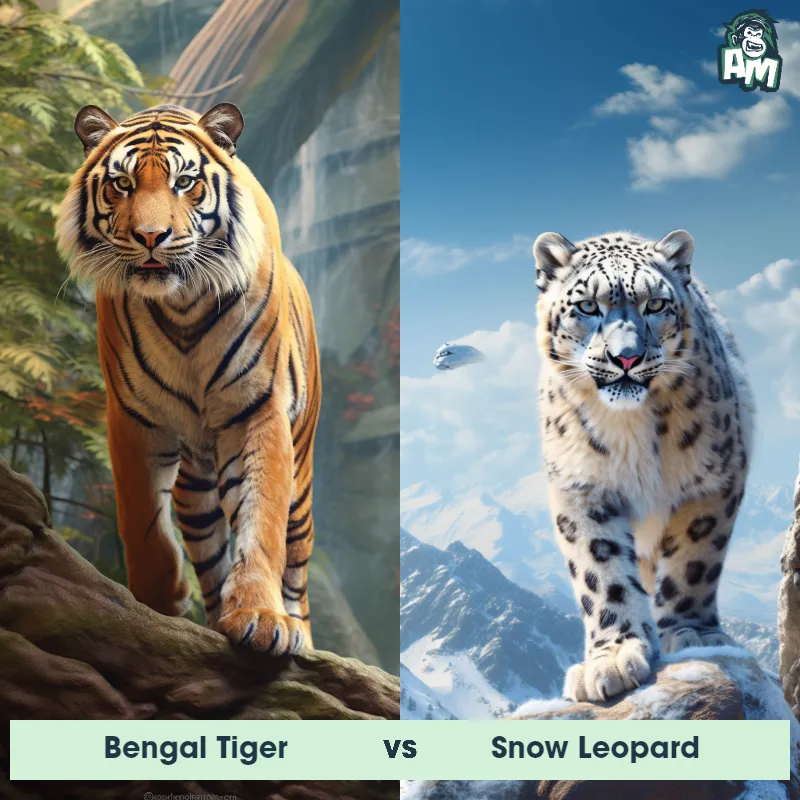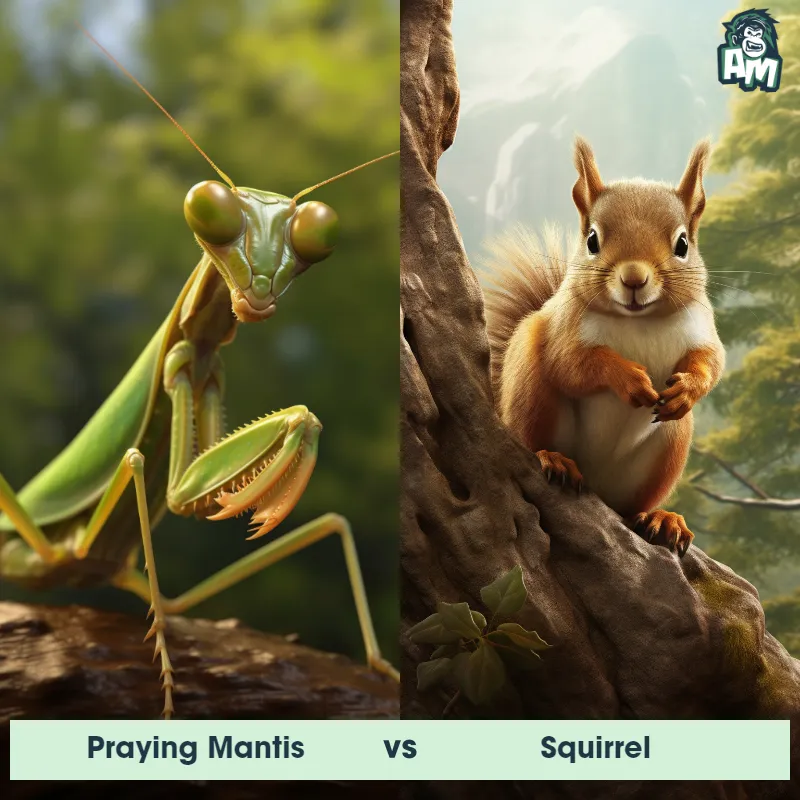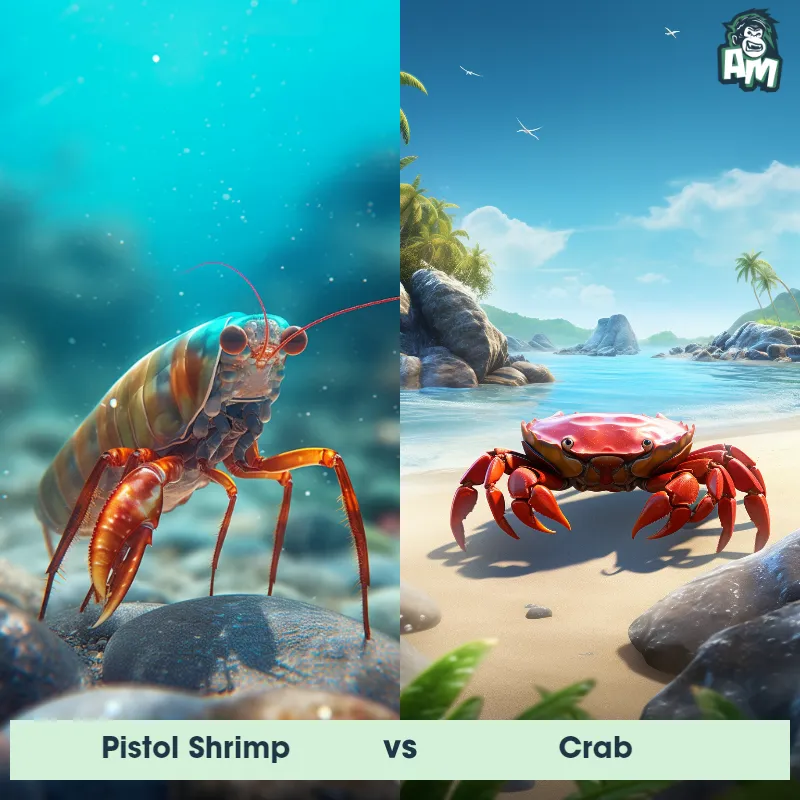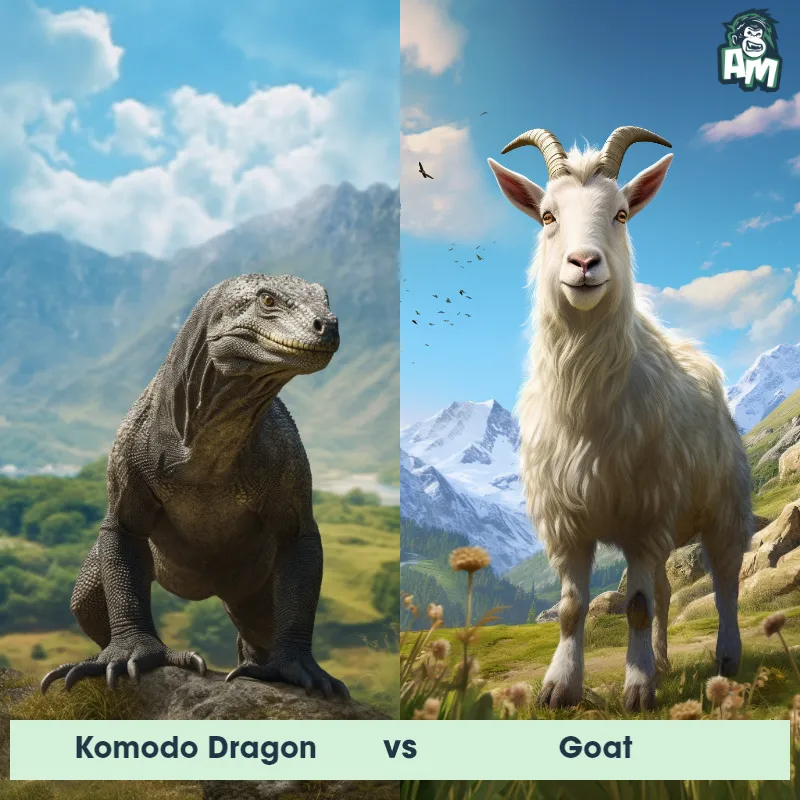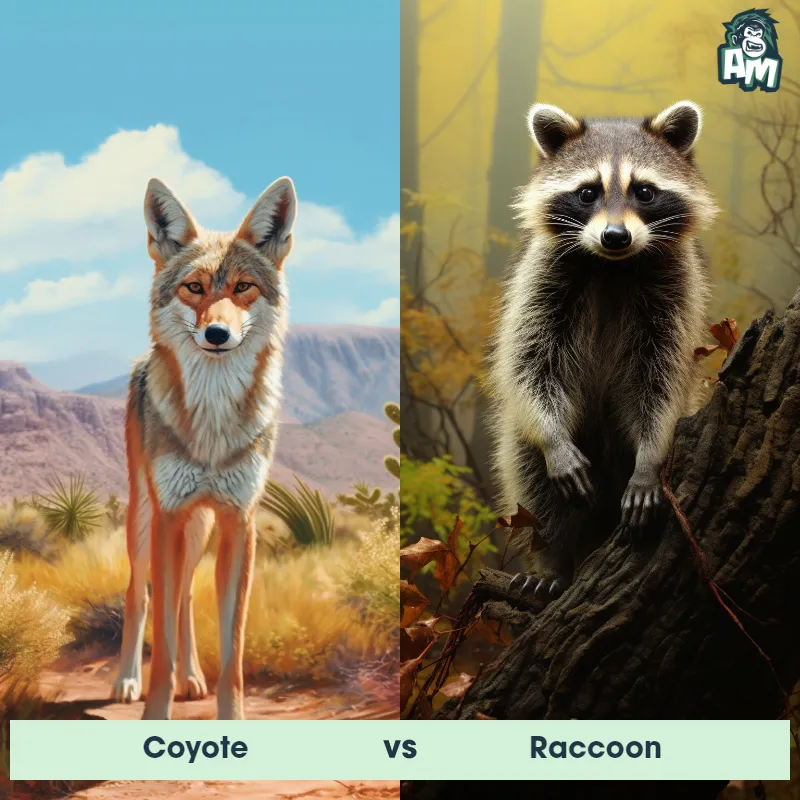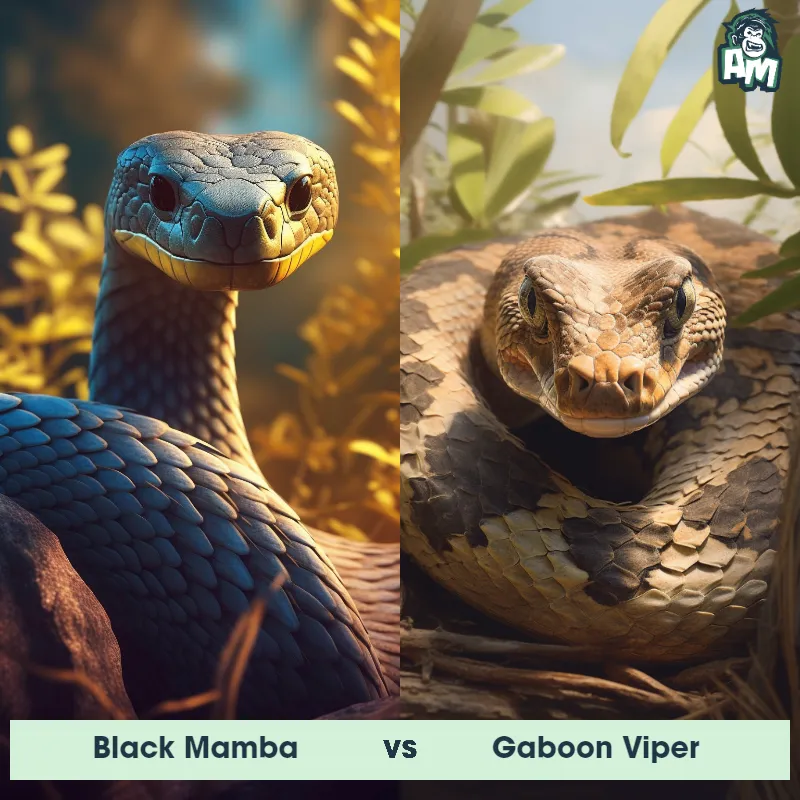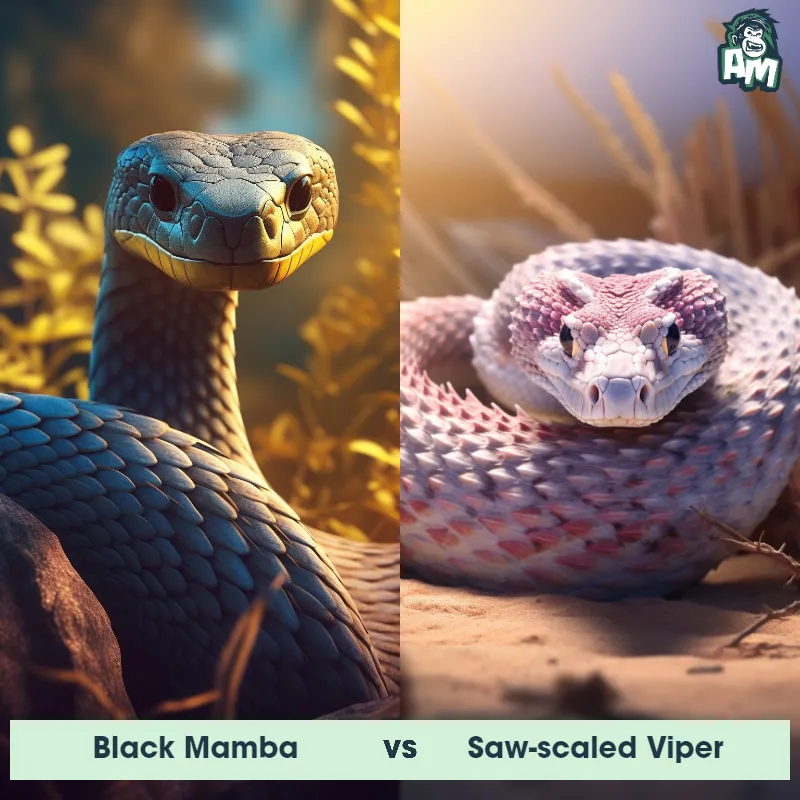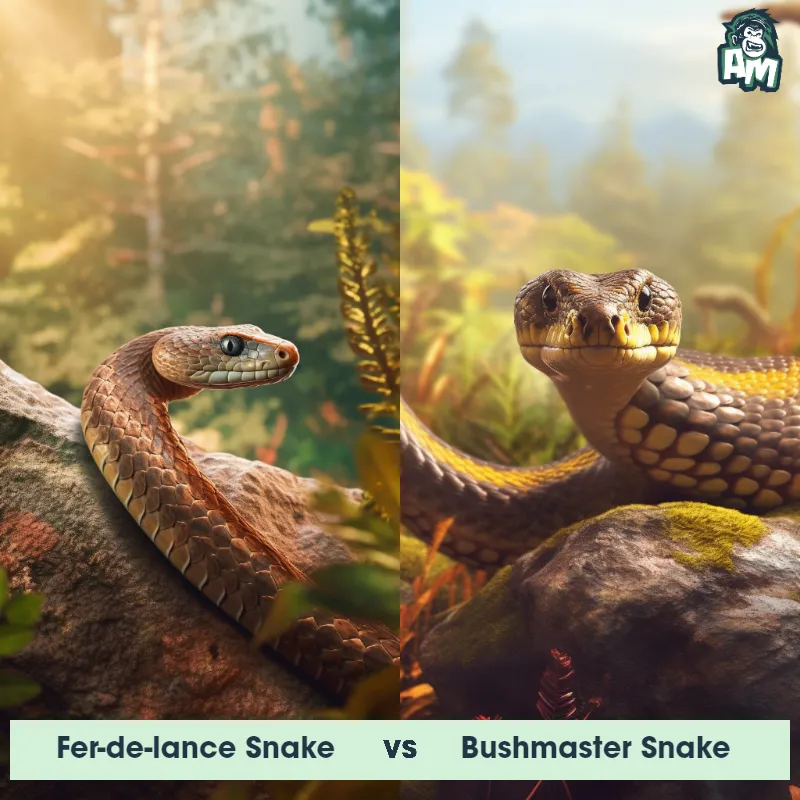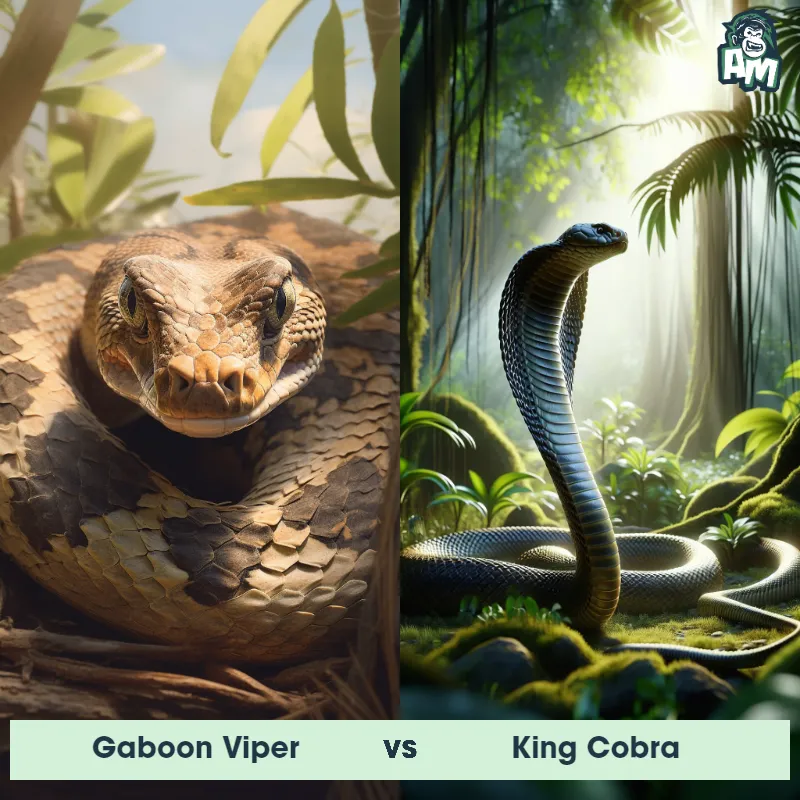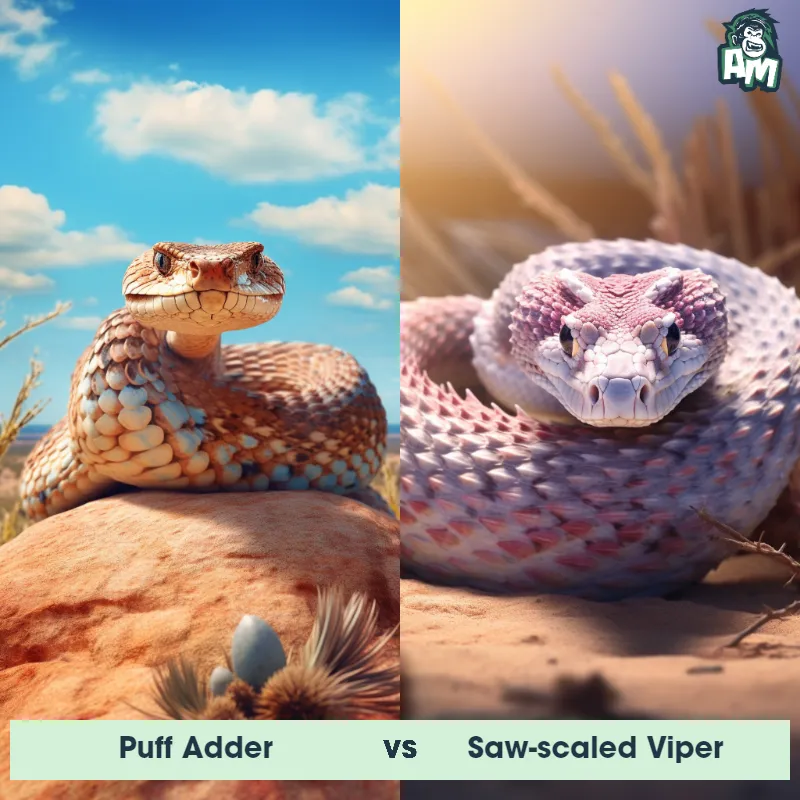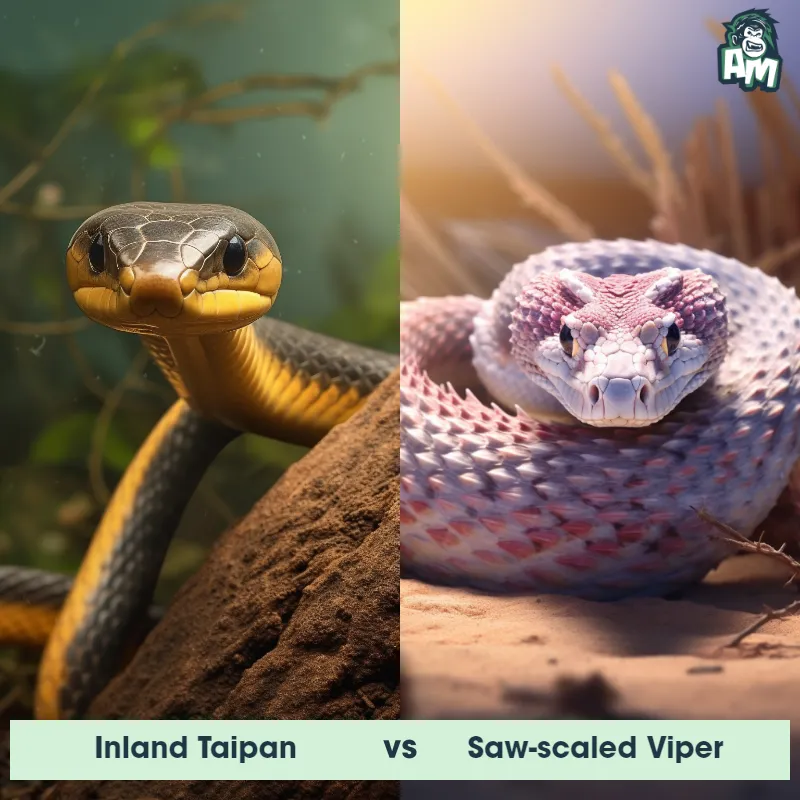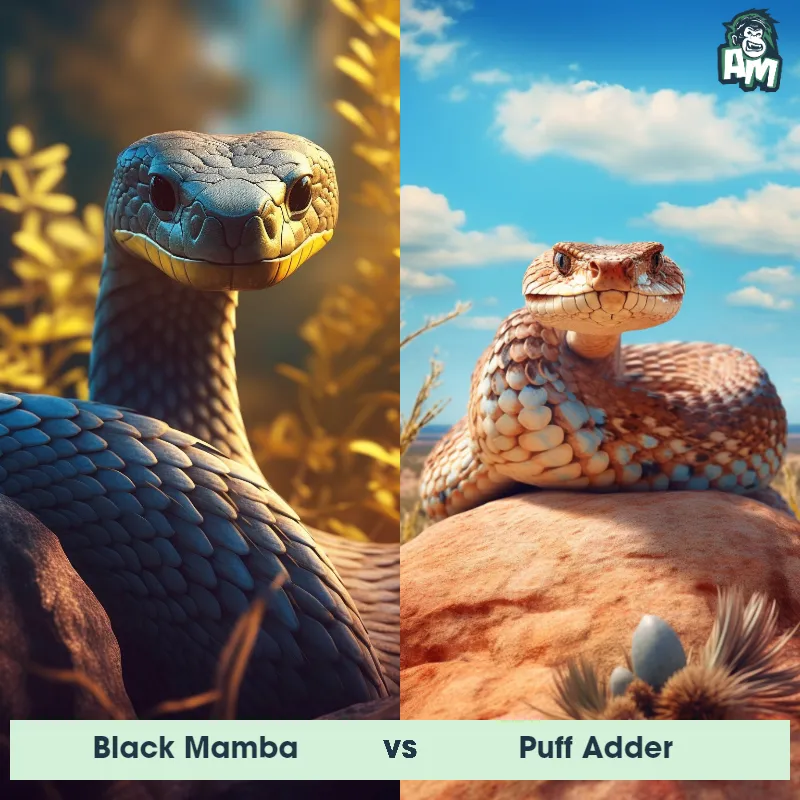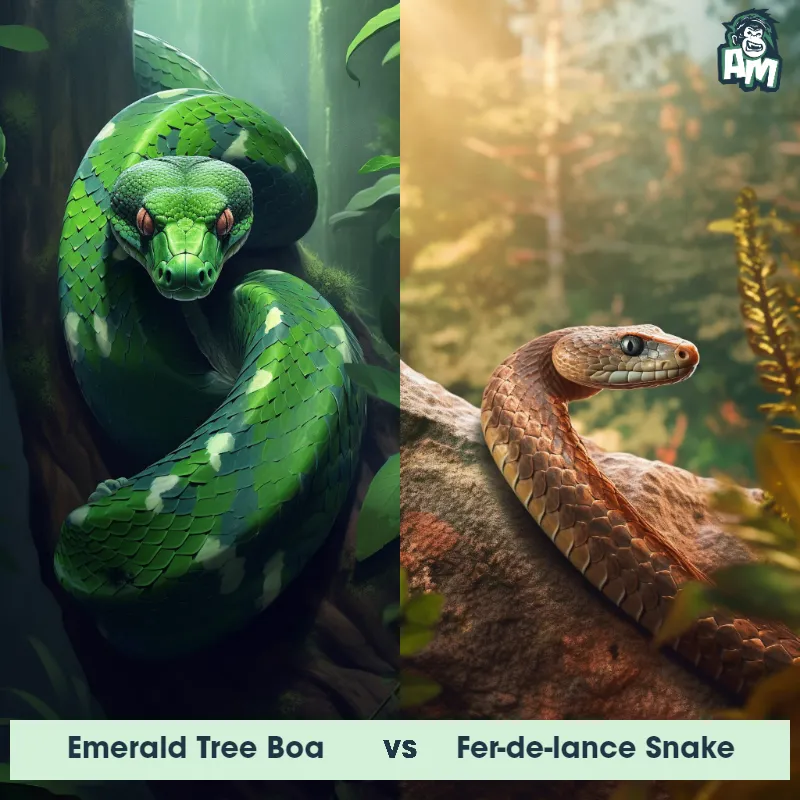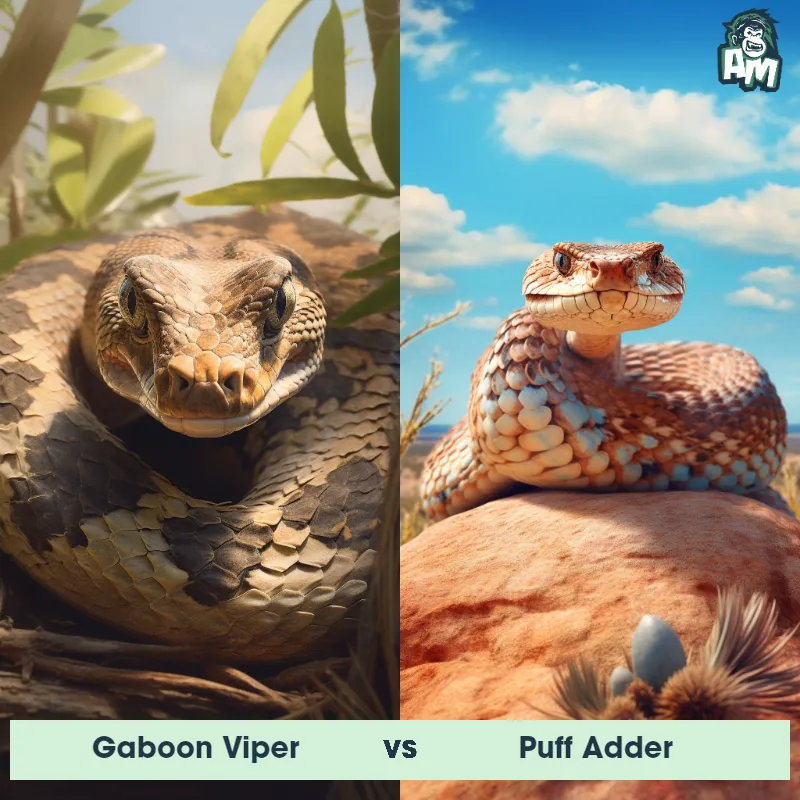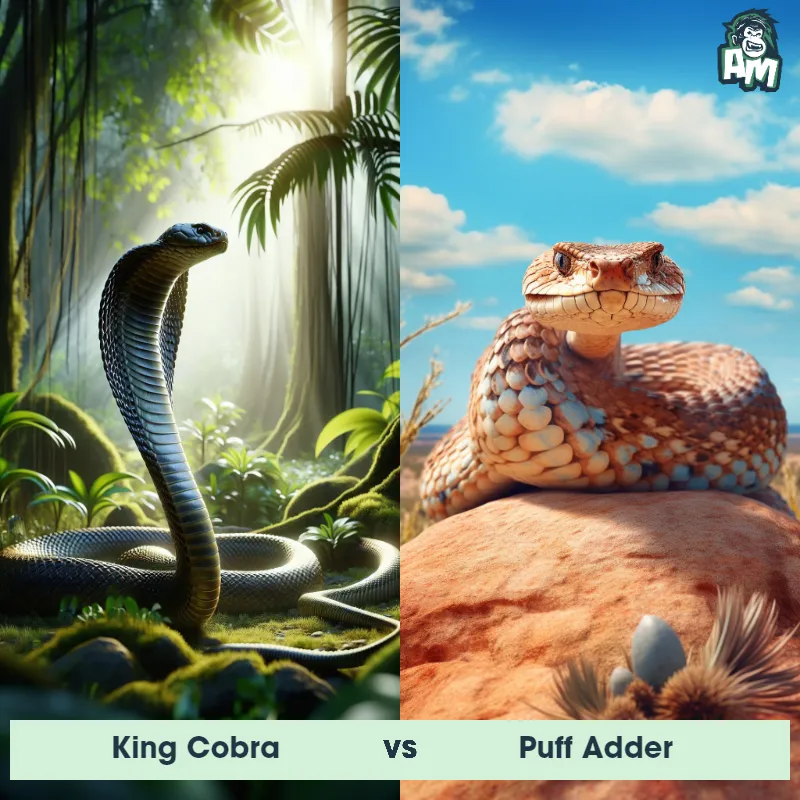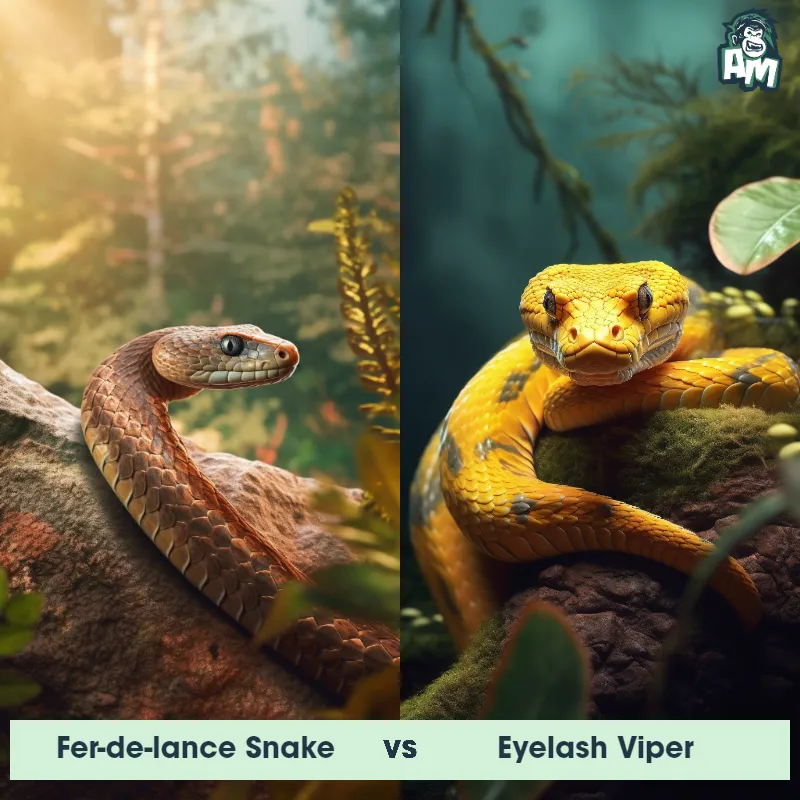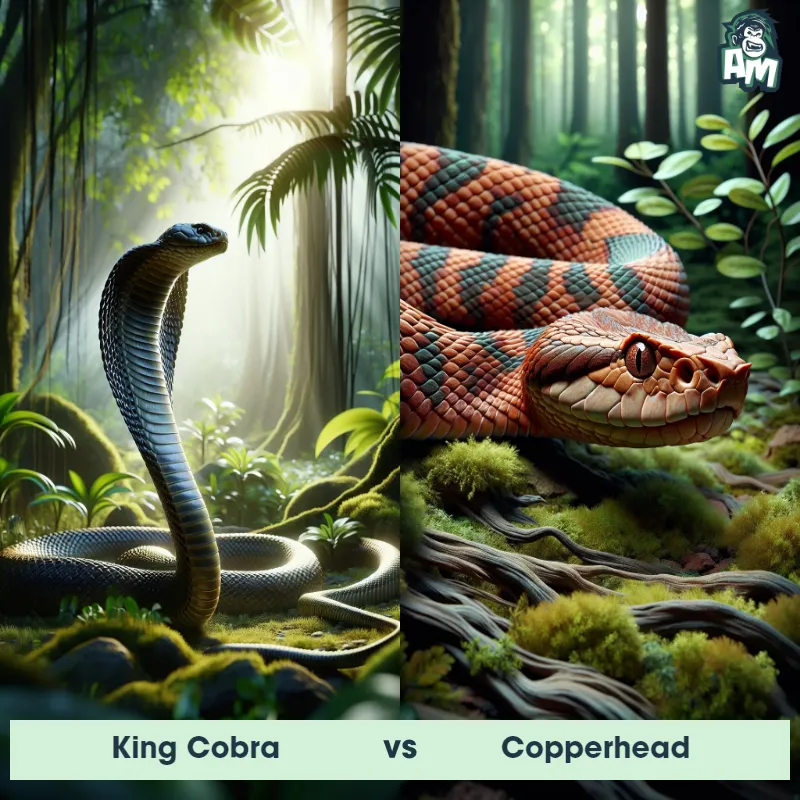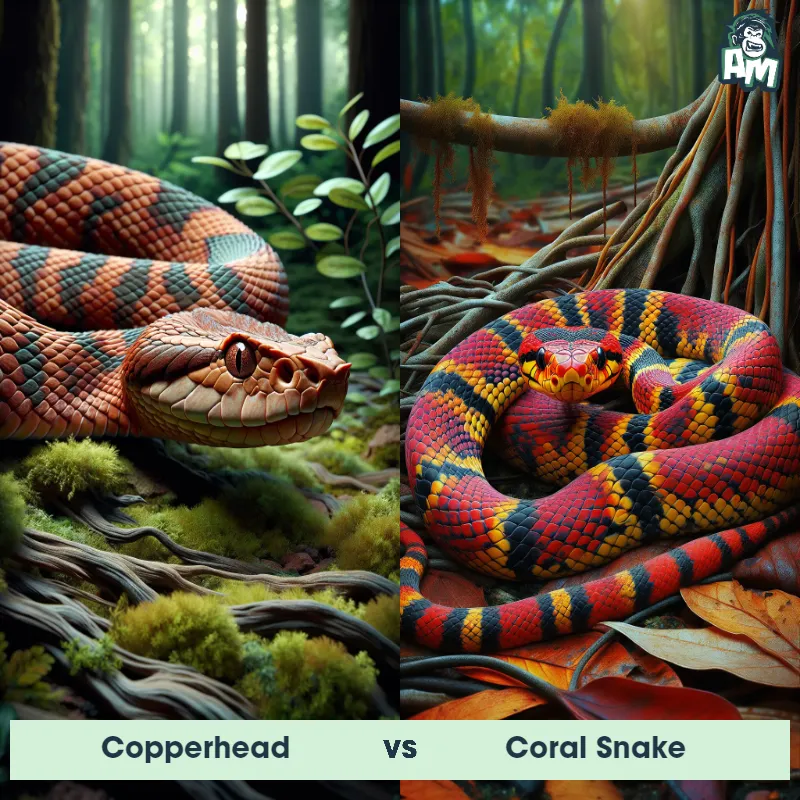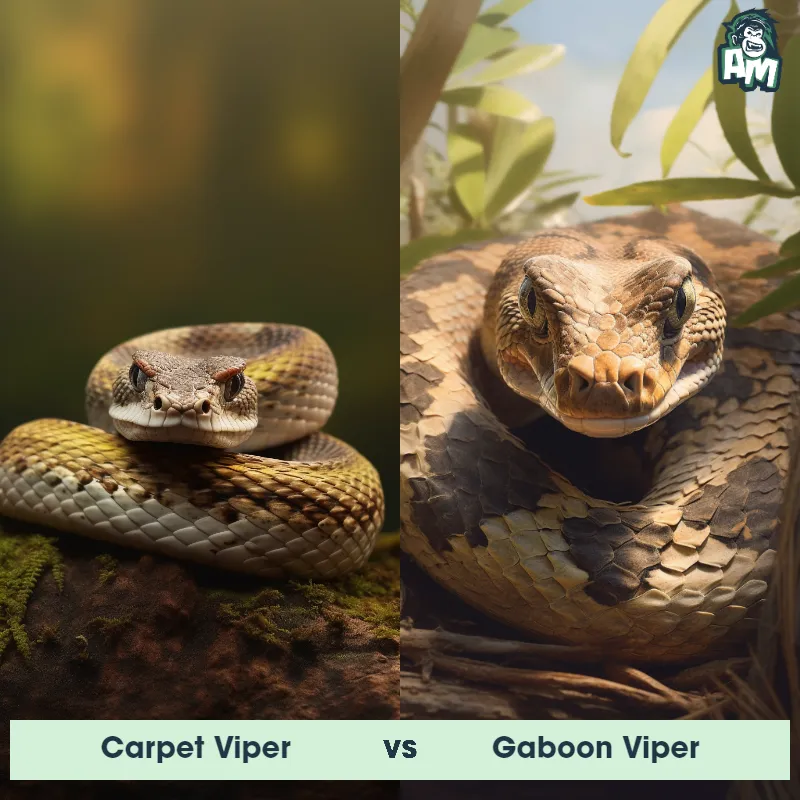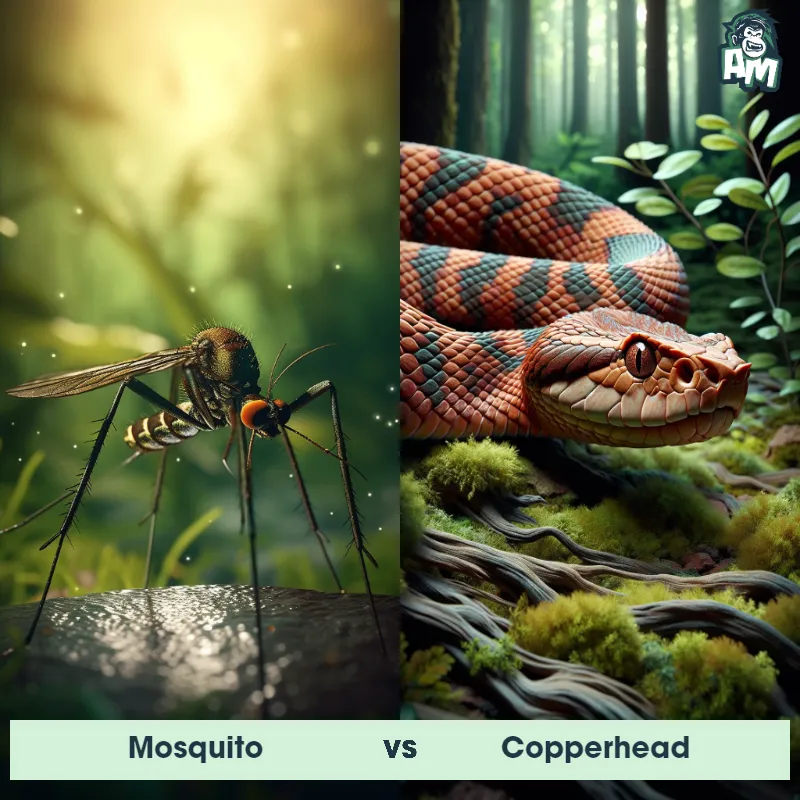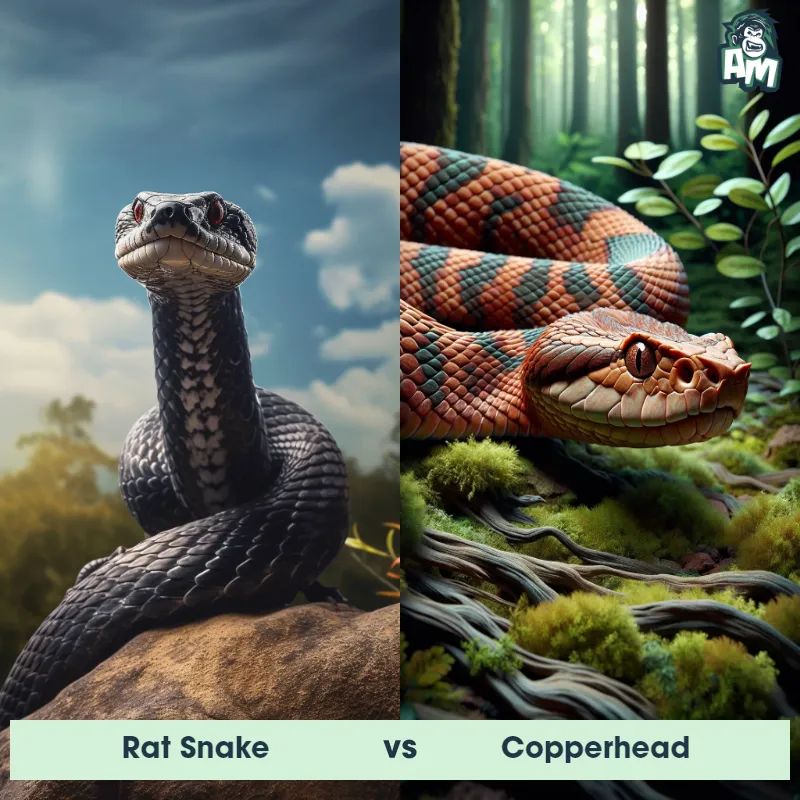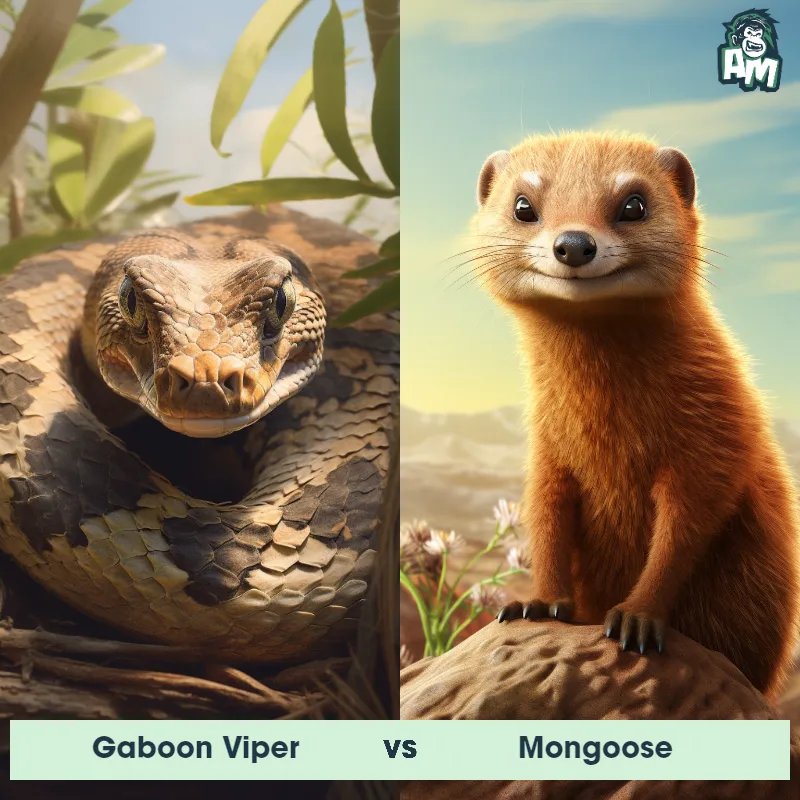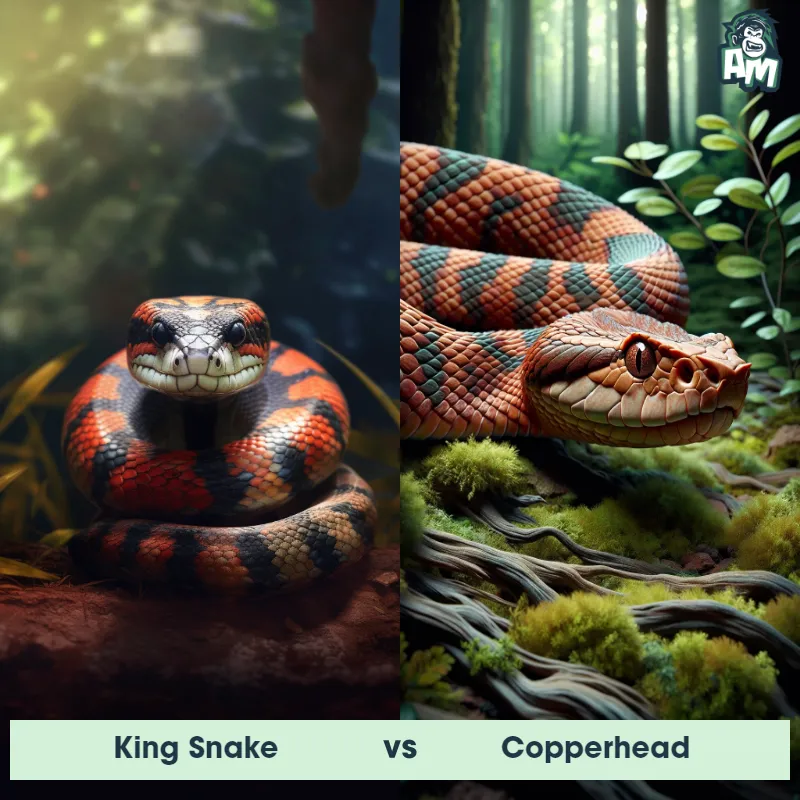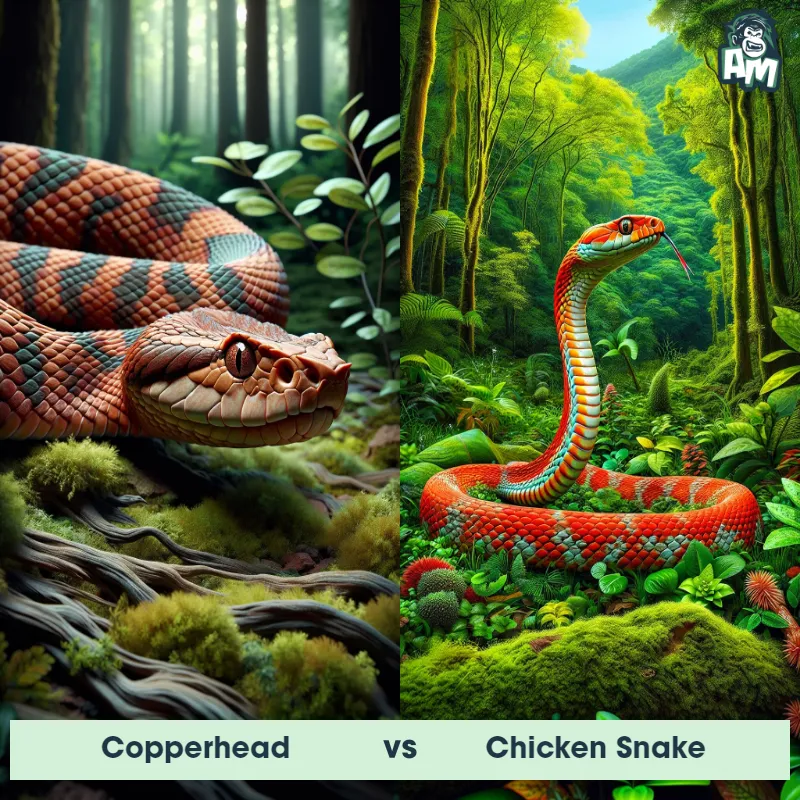Gaboon Viper vs Rhino ViperSee Who Wins

Ladies and gentlemen, welcome to this thrilling matchup between two venomous foes in the animal kingdom! In the red corner, we have the deadly Gaboon Viper, known for its long fangs and potent venom. And in the blue corner, the formidable Rhino Viper, recognized for its intimidating horn-like scales. It's sure to be a battle for the ages as these serpents square off in a three-round fight where only one will emerge victorious!
Contender 1: Gaboon Viper
The Gaboon Viper, also known as the Forest Puff Adder, is a venomous snake found in the rainforests of central and western Africa. It is known for its large size, reaching up to 6 feet in length, and its distinctive triangular head. The Gaboon Viper's venom is highly toxic and can cause severe pain, swelling, and even death in humans.
Fun Fact: The Gaboon Viper has the longest fangs of any venomous snake, measuring up to 2 inches in length!
Contender 2: Rhino Viper
The Rhino Viper, scientifically known as Bitis nasicornis, is a venomous snake found in the rainforests of West and Central Africa. This arboreal species is known for its unique coloration and distinctive triangular-shaped head. It usually measures around 1.2 to 2 meters in length and has a thick, robust body covered in keeled scales that help provide it with traction in the trees. The Rhino Viper's color patterns vary, but commonly include an intricate mix of green, brown, and black with vibrant yellow or orange scales on its head. It also possesses horny, horn-like projections above each eye, which add to its intimidating appearance.
Fun Fact: The Rhino Viper possesses a highly effective camouflage technique where it blends perfectly into its surroundings, making it particularly difficult to spot among foliage and branches, ensuring successful ambushes on its prey.
Matchup Stats
| Gaboon Viper | Rhino Viper | |
|---|---|---|
| Size | Up to 6 feet (1.8 meters) | 1.2 to 2 meters (3.9 to 6.6 feet) |
| Weight | Up to 20 pounds (9 kilograms) | Varies |
| Key Strength | Venomous bite | Venomous bite |
| Biggest Weakness | Slow movement | Slow movement |
Current Votes
Gaboon Viper vs Rhino Viper
See Who Wins
View More Matches
Looking For More?
Similar Matches
Scientific Stats
| Gaboon Viper | Rhino Viper | |
|---|---|---|
| Scientific Name | Bitis gabonica | Bitis nasicornis |
| Family | Viperidae | Viperidae |
| Habitat | Rainforests | Rainforests |
| Geography | Central and Western Africa | West and Central Africa |
| Diet | Small mammals, birds, and reptiles | Carnivorous |
| Lifespan | 20 years - 25 years | 10 years - 15 years |
Key Differences between Gaboon Viper and Rhino Viper
- Scales: Gaboon Vipers possess smooth scales along their entire body, imparting a glossy appearance, while Rhino Vipers have rougher, keeled scales, giving them a slightly rough texture.
- Coloration: Gaboon Vipers are known for their intricate color patterns, featuring a mix of brown, yellow, and black with highly contrasting geometric shapes, while Rhino Vipers have more uniform coloration consisting of shades of green or brown with varying patterns.
- Head Shape: The Gaboon Viper has a broader and more triangular head shape, allowing it to accommodate its massive venom glands, while the Rhino Viper has a narrower and more elongated head with distinctive horns located above its eyes.
- Size: The Gaboon Viper (Bitis gabonica) is typically larger, reaching lengths of 5-7 feet, while the Rhino Viper (Bitis nasicornis) is smaller, measuring around 3-4 feet in length.
- Horns: The most prominent feature distinguishing the two species is the presence of horn-like scales above the eyes of Rhino Vipers, which is absent in Gaboon Vipers. These "horns" give the Rhino Vipers their name and play a role in their camouflage within their environment.
- Habitat: Gaboon Vipers are primarily found in rainforests and moist areas of sub-Saharan Africa, whereas Rhino Vipers are distributed across a wider range, including forests, woodlands, and savannas of Central and West Africa.




